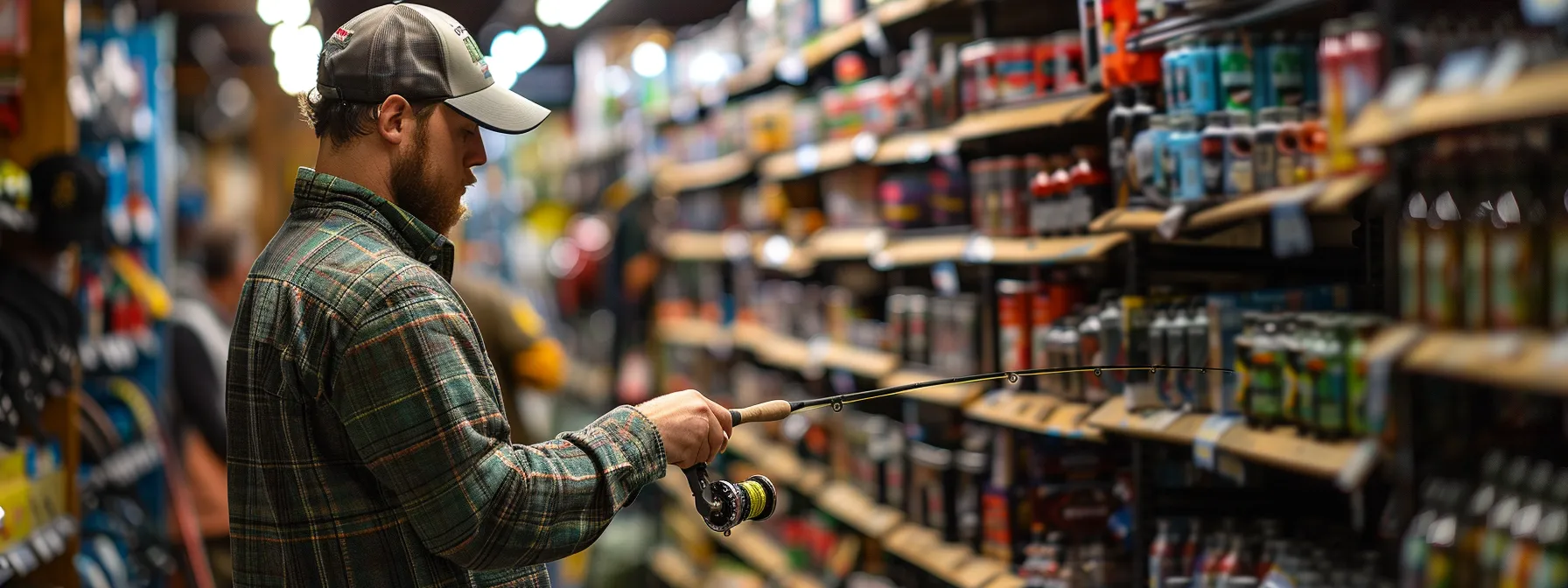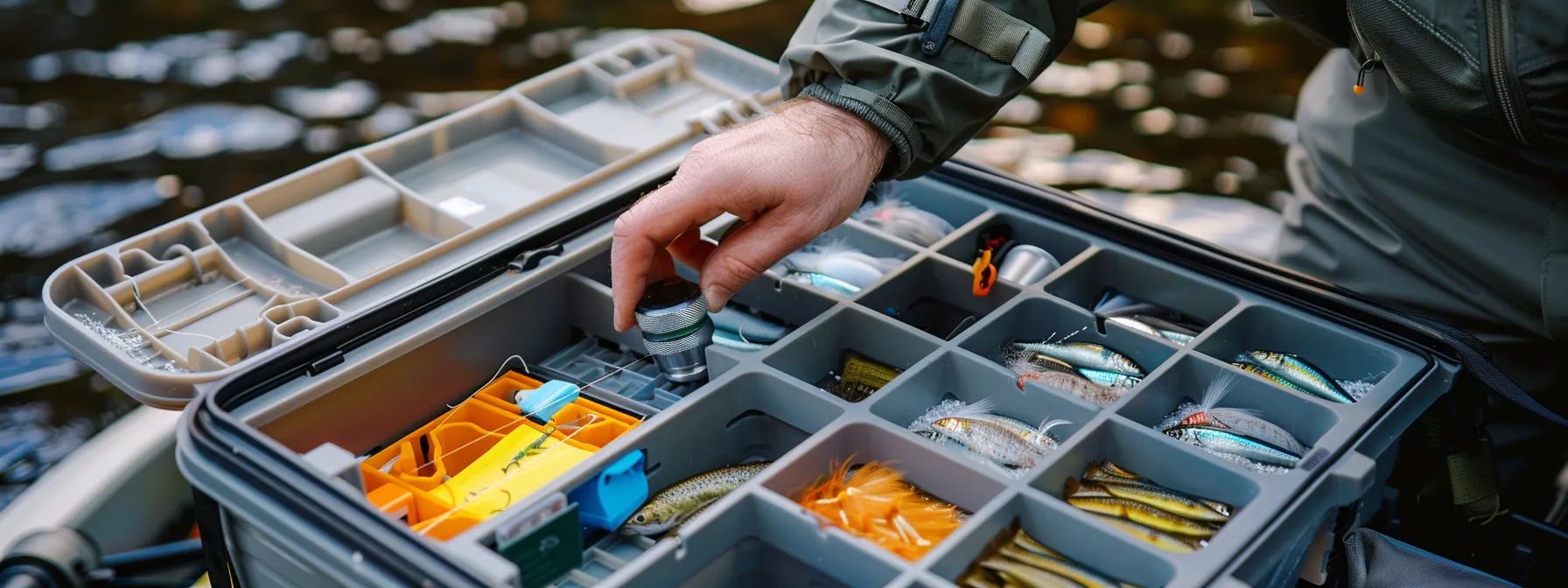Gear Up for Success: Must-Have Fly Fishing Tools for Beginners and Pros Alike
Embarking on the serene yet thrilling adventure of fly fishing requires not just skill and patience, but also the right tools. Whether you’re a beginner feeling the tug of the stream for the first time or a seasoned angler with years of casts behind you, your success often comes down to the gear you choose. Essential equipment, such as fly tying hooks, rods, reels, flies, and appropriate apparel, can make or break your fly-fishing experience.
Essential Fly Fishing Rods

For newcomers, selecting a fly fishing rod can feel daunting given the multitude of options. The key is to find a balance between flexibility and strength, typically with a medium-action rod that is forgiving for learners yet responsive enough for accurate casting. Beginners might favor a rod around eight or nine feet in length, which provides versatility across various fishing conditions.
Advanced anglers, on the other hand, might prefer a specialized rod tailored to their favorite fishing scenarios. Someone who pursues small brook trout in tight streams would benefit from a shorter, more precise rod. In contrast, chasing after hard-fighting species like salmon mandates a longer, heavier rod that can handle the robust challenge these fish present.
While examining rod materials, graphite stands out for its lightweight and sensitivity, which is great for detecting bites. Fiberglass rods offer durability and a nostalgic feel, while bamboo rods intrigue purists with their classic bend and handcrafted artistry.
Reels and Lines: The Heart of Your Fly Fishing Setup
Reels come in various designs, but a dependable, smooth drag system and adequate line capacity are paramount. For beginners, a simple and durable reel may be the best choice. They should look for a model that is easy to maintain and capable of handling the typical fish sizes encountered.
Line choices are just as critical as the reel, with weight-forward tapers generally being a versatile option for a wide range of conditions. A good fly line enhances casting accuracy and distance while providing the correct presentation to persuade wary fish. Floating lines are typically favored for topwater fishing, whereas sinking or sink-tip lines are better suited for reaching fish dwelling lower in the water column.
The Indispensable Fly Box

When it comes to equipping oneself with a quality fly box, organizational prowess meets practical necessity. A well-curated fly box not only provides quick access to various lures but also protects them from damage. A beginner might start with a small, simple box filled with a basic assortment of flies, expanding their collection as they delve deeper into the craft.
For more seasoned practitioners, compartmentalization and specialization become key. Large, waterproof fly boxes with multiple sections allow for meticulous categorization of flies by type, size, and pattern. Streamer anglers might require larger compartments, while someone focused on dry flies or nymphs would prioritize different features.
The Importance of Proper Footgear
Adequate footgear is critical for safety, comfort, and endurance during long hours in rocky, slippery riverbeds. Beginners should prioritize boots that offer support, a fit that prevents slipping inside the boot, and soles appropriate for the type of riverbed they’ll encounter.
It’s not just about comfort when wading into a river to fish; it’s also about maintaining stability and traction. Many experienced fly fishers prefer boots with specialized soles, such as felt or studded, for different terrains. The correct sole can significantly reduce the risk of slips and falls, making a day on the water both more productive and enjoyable.
Navigating the Waters With the Right Accessories
The devil is in the details, as they say, and in fly fishing, the details extend to the accessories that accompany your outing. Nets, particularly those with rubber mesh, protect the fish’s slime coating while enabling safe catch-and-release. Landing a fish smoothly with the right net can be the final act of a successful cast and retrieve cycle.
Quality tools—like line clippers, forceps for hook removal, and a good pair of polarized sunglasses for eye protection and enhanced water visibility—complete an angler’s kit. It’s these tools that streamline operations on the water, simplify tasks, and allow for swift reactions to the fast-moving scenarios that fishing often presents.
Appropriate apparel, such as UV-protective clothing, a sturdy hat, and weather-resistant outer layers, can shield you from the elements and enhance your endurance. For the detail-oriented angler, specialty items like strike indicators, weight systems, and leader material can give them an edge in their tactical approach to fly fishing.
Altogether, whether you’re just beginning or you’re looking to deepen your fly fishing endeavors, knowledge of and investment in the appropriate gear is essential. So gear up, get out there, and let the rivers reveal their treasures to your well-prepared hands.

